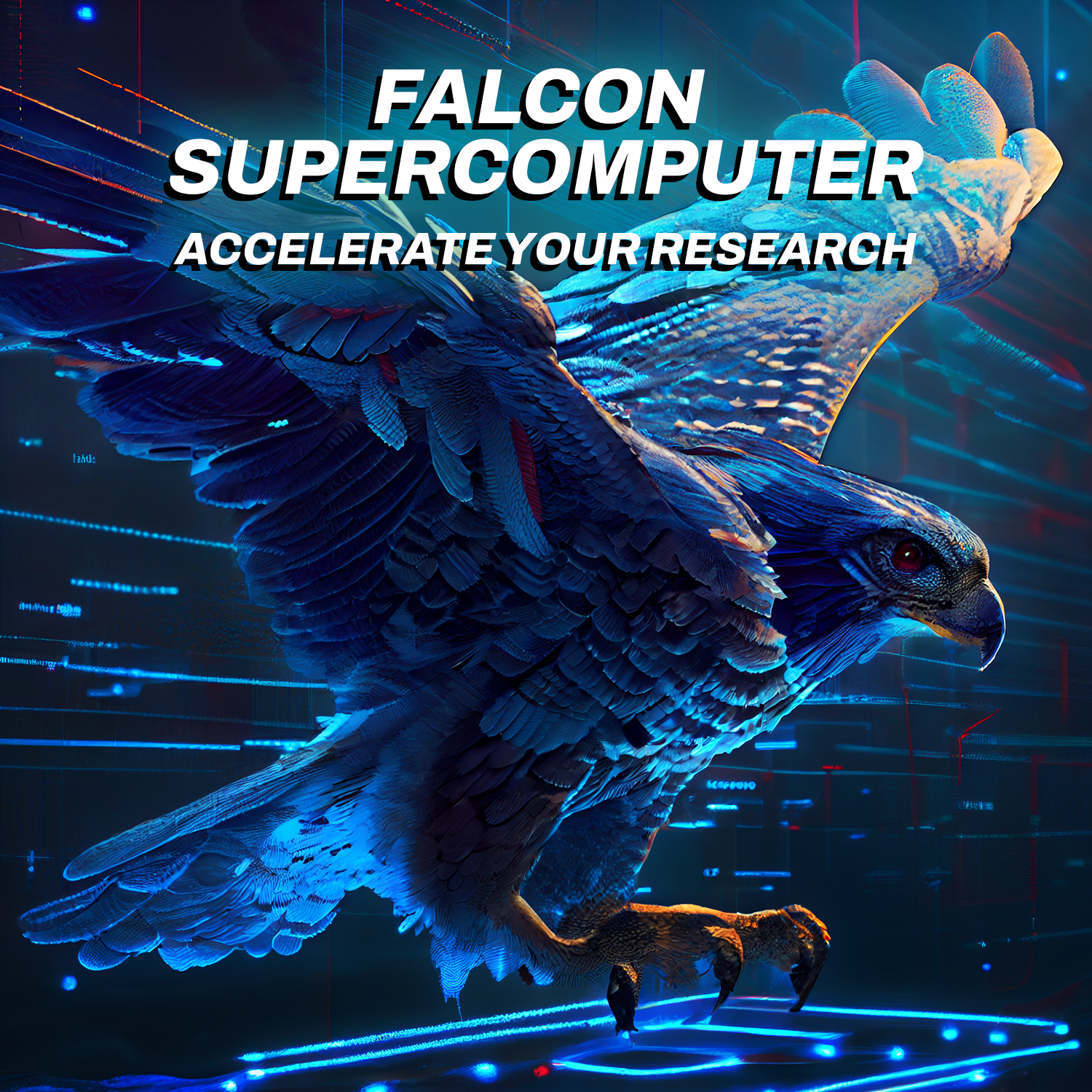
Mathematical Models Allow Researchers to Predict Viral Spillover from Wildlife to Humans
An interesting phenomenon arises when killing off wildlife populations that are transmitting lethal diseases to humans: it tends to increase viral spillover. Scott Nuismer explores why and how this occurs in his latest publication.
.jpg)
Outreach Activity Teaches High School Students About Molecular Deformation & Additive Manufacturing
A group of students at Pullman High School explored the science behind the PrinTimber project, which uses 3D printing to transform timber waste into housing. They learned how polymers change when stretched on a molecular level. PrinTimber utilizes this concept to benefit affordability, sustainability, and tackle climate change one house at a time.

Bats and Biological Puzzles
Bioinformatics and Computational Biology graduate Courtney Schreiner uses math to solve biological puzzles—piecing together information through mathematical models to reveal a complete biological or ecological story. Her career goal is to become a quantitative disease ecologist, and she is combining her diverse interests to get there.

Eva Top Named AAAS Fellow for Work on Drug Resistant Bacteria
Department of Biological Sciences Professor Emerita Eva Top was elected to the rank of Fellow in the American Association for the Advancement of Science (AAAS) in recognition of her pioneering work on the ecology and evolution of multiple drug resistance plasmids in bacteria.

Herpesvirus-Vectored Transmissible Vaccines Show Promise
Recent BCB graduate Tanner Varrelman published a paper examining the effectiveness of herpes viruses as vectors for transmissible vaccines. He found that these types of vaccines could have the potential to manage infectious diseases in wildlife populations.
.jpg)


.jpg)

.jpg)

